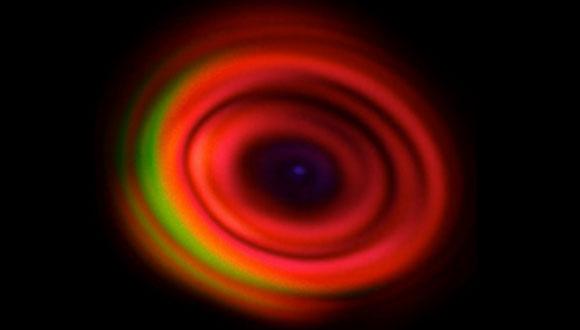LMI Seminar: Accelerating electron beams with nanophotonics – on a chip
Dr. Roy Shiloh, Institute of Applied Physics, The Hebrew University
Abstract:
Our research deals with the application of laser light to accelerate electron beams in free space, using nanophotonic structures [1–3]. This technology is unique among other particle acceleration technologies in that it is inherently miniaturized, thereby having the potential to be directly inserted into the human body on endoscopes for localized tumor irradiation, or compactly designed to fit on a small optical table or for space applications. Moreover, it offers high repetition rate (100's of kHz to MHz and potentially GHz) electron pulses, dependent only on the laser technology used to drive it – itself a femtosecond, nowadays commercially-available standard laser. Conversely, traditional high-energy electron accelerators generally involve infrastructure spanning several kilometers and hundreds of employees, such as the Stanford linear accelerator (SLAC), or state-of-the-art peta-Watt lasers which are typically pulsed at far less than 1 pulse per second. Accelerating electron beams with lasers is not the only goal of electron-photon interactions. In our labs at the Institute of Applied Physics in the Hebrew University of Jerusalem, we will explore additional topics such as control of the electron's 6D phase-space and the quantum limit of electron-photon interactions [4,5].
In this talk, I will focus on our recent experimental achievement [3] – a proof-of-concept experiment showing that the on-chip electron accelerator works. Although feasible "on-paper", it was not straightforward to realize this in the lab. This feat required the conjoined efforts of different fields and tools: accelerator physics, nanophotonics, nanofabrication, electromagnetics, among others. We will review all the ingredients needed to construct the accelerator on a chip – and discuss the next steps.
[1] R. J. England et al., Dielectric Laser Accelerators, Reviews of Modern Physics 86, 1337 (2014).
[2] R. Shiloh, T. Chlouba, P. Yousefi, and P. Hommelhoff, Particle Acceleration Using Top-Illuminated Nanophotonic Dielectric Structures, Optics Express 29, 14403 (2021).
[3] T. Chlouba, R. Shiloh, S. Kraus, L. Brückner, J. Litzel, and P. Hommelhoff, Coherent Nanophotonic Electron Accelerator, Nature 622, 476 (2023).
[4] R. Shiloh, J. Illmer, T. Chlouba, P. Yousefi, N. Schönenberger, U. Niedermayer, A. Mittelbach, and P. Hommelhoff, Electron Phase Space Control in Photonic Chip-Based Particle Acceleration, Nature 597, 498 (2021).
[5] R. Shiloh, T. Chlouba, and P. Hommelhoff, Quantum-Coherent Light-Electron Interaction in a Scanning Electron Microscope, Physical Review Letters 128, 235301 (2022).


